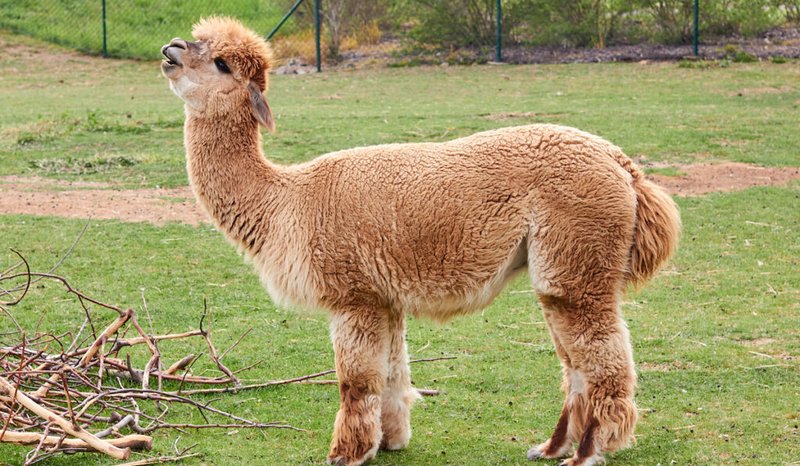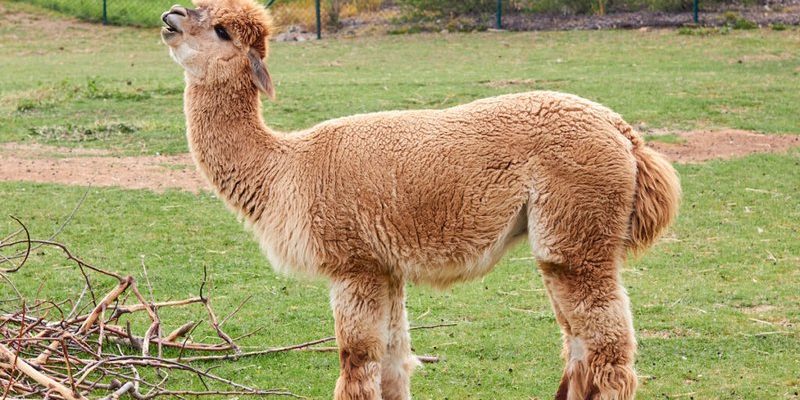
Let’s dig into the nitty-gritty of llama ownership and maintenance. This is like planning a road trip: you can’t just think about gas and snacks; you’ve got to consider lodging, food, and fun stops along the way. So, what are the costs of owning a llama? Here’s a breakdown that’ll help you navigate this journey.
Initial Purchase Costs
The first expense to consider is the purchase price of a llama. Depending on whether you’re looking for a standard or a rare breed, prices can vary significantly. On average, you might end up spending anywhere from $1,000 to $5,000 for a healthy, well-bred llama.
But wait, there’s more! When purchasing a llama, you also need to account for transportation costs if you’re bringing your llama home from a farm a bit far away. Plus, don’t forget about any initial health checks or vaccinations. These can add a few hundred dollars to your total. It’s like buying a fancy new phone; you might be lured in by a great deal, but there are always accessories and service plans you have to think about later!
Feeding and Nutrition Expenses
Once your llama is home, the next significant expense will be food. Llamas are herbivores and thrive on *hay, pasture, and grains*. The type of diet you choose will affect your monthly costs. On average, you should expect to budget about $100 to $200 per month for food.
Here’s the thing: feeding a llama is not just about plopping down hay. You’ll need to ensure they get a balanced diet. You can’t just feed them whatever’s on sale or what you happen to have in your pantry. Additionally, consider any supplements your llama might need for their health—it’s like adding vitamins to your daily routine.
Housing and Shelter Needs
Llamas need a safe, comfortable space to live. This means considering whether you’ll build a small barn or provide a sturdy shelter in your yard. Construction costs can really vary based on your location and the size of the shelter, but you might need to budget $500 to $3,000 for this.
Remember, llamas need protection from harsh weather, so investing in a proper shelter is critical. It’s not just a nice-to-have; it’s essential for their well-being. If you already have a barn, make sure it has enough space to allow your llamas to roam comfortably, much like you’d want a cozy space at home.
Health Care and Veterinary Costs
Just like any pet, llamas require veterinary care. You can expect to spend about $200 to $400 annually on vaccinations, check-ups, and any emergency care. Preventative care is super important; regular vet visits can help catch any issues before they become major problems.
Don’t forget about unexpected vet bills. Just like your own health insurance, having a little emergency fund set aside can save you from stress. It’s a good practice to keep aside an extra $500 to $1,000 for any surprise expenses that might pop up. The last thing you want is to be caught off guard when your llama has a health hiccup!
Grooming and Maintenance
Llamas have long, luxurious fur that requires regular grooming. This isn’t just about keeping them looking good; it helps prevent skin issues and keeps them comfortable. You’ll want to set aside roughly $50 to $150 for grooming supplies like brushes, clippers, and the occasional professional groomer.
Additionally, regular foot care is vital for their health. Trimming their nails and checking their feet for any signs of infection is essential, and it might be worth calling in a professional if you’re unsure how to do it correctly. Think of this like getting your hair cut or nails manicured—sometimes, it’s best left to the experts.
Insurance and Licensing Costs
Depending on where you live, you may need to get insurance for your llama. This helps cover any liability if something were to happen, like an accident or injury to someone else. Costs for llama insurance can range from $100 to $500 per year.
You might also need to check local regulations regarding llama ownership. Some areas require permits or licenses, which can come with their own fees. It’s essential to do your homework ahead of time to avoid any surprises. Just like getting a driver’s license, compliance with local laws is necessary for responsible ownership.
Time Investment: It’s Not Just Money
Now that we’ve covered the financial aspects, let’s not forget about the time and effort required to care for a llama. They need regular attention, daily feeding, and interaction. You’ll also want to spend time training them and socializing to ensure they are friendly and well-adjusted.
This is a commitment—think about it like having a child or a puppy. It requires daily love and care. If you’re not ready to invest time into building that bond, llama ownership might not be for you.
Final Thoughts on Llama Ownership
Owning a llama can be a rewarding experience, but it’s crucial to weigh all costs involved. From initial purchase prices to ongoing maintenance, it’s more than just a fun pet; it’s a commitment that includes budgeting and understanding how to care for these unique animals.
If you feel ready to take on these responsibilities, you’ll find your llama will bring joy and companionship to your life. So, raise your coffee cup to a future filled with fuzzy friends and rewarding adventures—just make sure to have a solid plan in place before diving in!

